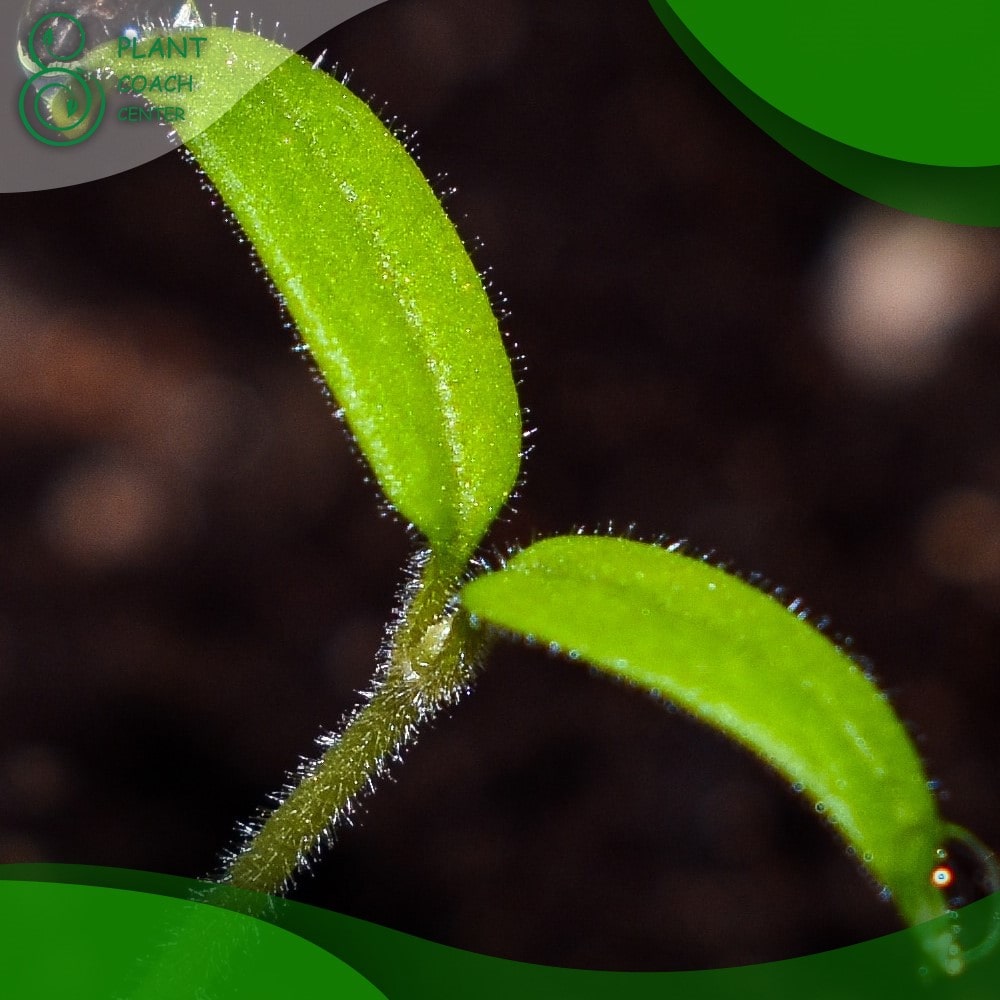When to Plant Tomato Seedlings Outside
Tomatoes are one of the most popular and rewarding crops for home gardeners. Growing tomatoes from seedlings allows you to have control over the entire growth process, resulting in healthier plants and a bountiful harvest. Determining the right time to plant tomato seedlings outside is crucial for their successful establishment and optimal growth.
In this comprehensive guide, we will explore the various factors that influence the timing of tomato seedling planting and provide expert advice to ensure your tomato plants thrive.
At Plant Coach Center (plantcoachcenter.com), we understand the importance of proper planting timing and offer valuable insights to help you become a successful plant coach. Let’s delve into the world of tomato seedlings and equip you with the knowledge to make informed decisions.
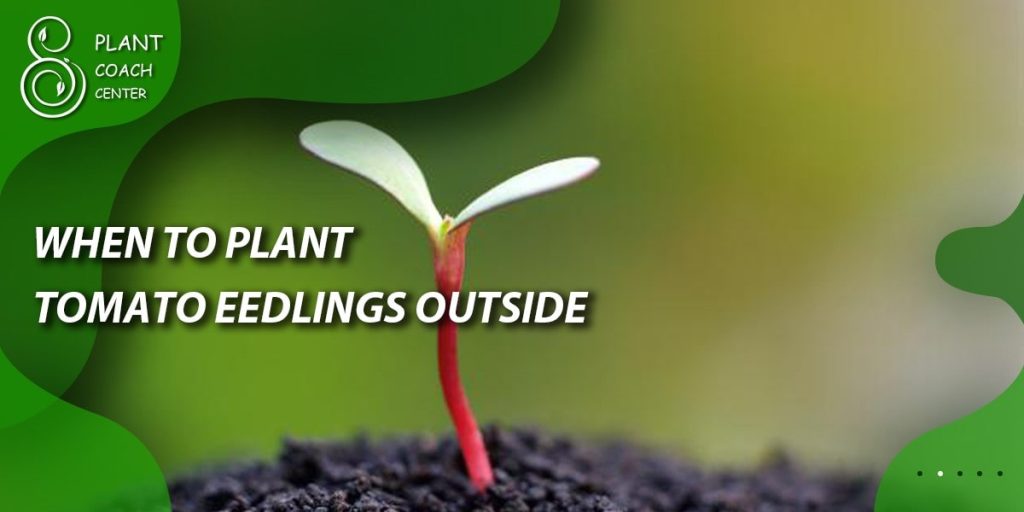
Understanding Tomato Growth and Development
Tomato plants undergo a fascinating life cycle, progressing through different stages of growth. Understanding these stages is essential for determining when to transplant seedlings outdoors.
Tomato Life Cycle
– Germination: The seed sprouts and develops into a young seedling.
– Seedling Growth: The seedling produces leaves and establishes a strong root system.
– Vegetative Growth: The plant grows larger, develops more leaves, and focuses on building energy reserves.
– Flowering and Fruit Set: Blossoms appear, and pollination leads to the formation of fruit.
– Ripening: The green fruits mature and turn their characteristic color.
Factors Affecting Tomato Growth and Development
– Temperature: Tomatoes thrive in warm temperatures, with an optimal range between 70°F and 85°F (21°C and 29°C).
– Light: Tomatoes require ample sunlight to photosynthesize and produce energy for growth.
– Water and Soil: Adequate moisture and well-drained soil are crucial for healthy root development.
– Nutrition: Providing a balanced fertilizer regimen ensures optimal growth and fruit production.
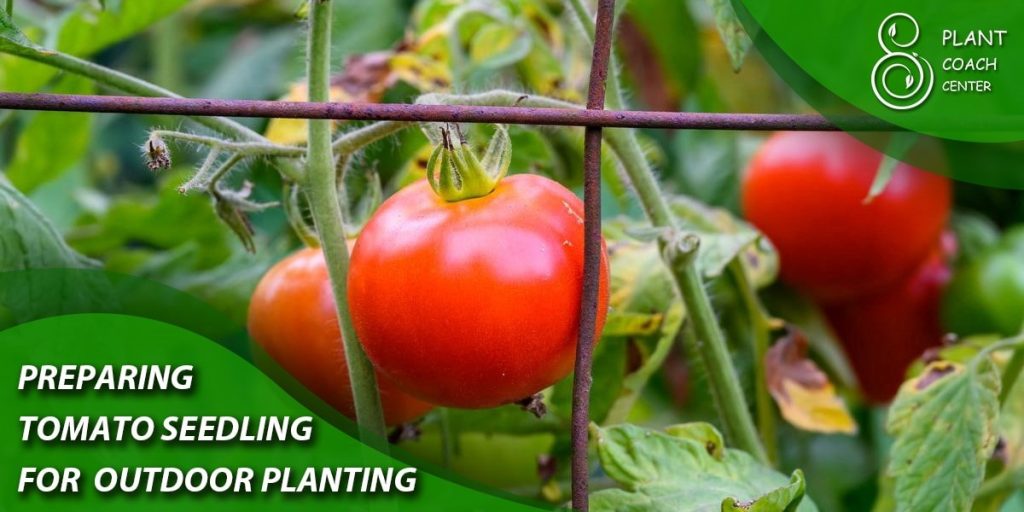
Preparing Tomato Seedlings for Outdoor Planting
Before transplanting tomato seedlings into the outdoor garden, it is essential to provide them with the proper care and preparation they need to thrive.
Starting Tomato Seedlings Indoors
– Selecting Seeds: Choose high-quality tomato seeds from reputable sources, considering factors such as disease resistance and desired traits.
– Sowing Seeds: Plant seeds in a sterile seed-starting mix, maintaining appropriate moisture and temperature conditions for germination.
– Providing Light and Water: Ensure seedlings receive adequate light and water to promote healthy growth and prevent stretching.
– Fertilizing Seedlings: Start a gentle feeding schedule to provide essential nutrients for robust growth.
Seedling Care and Maintenance
– Proper Watering: Water seedlings consistently, allowing the soil to dry slightly between waterings to avoid overwatering or waterlogged conditions.
– Temperature and Humidity Control: Maintain a suitable environment for seedling growth, avoiding extreme temperature fluctuations and providing adequate humidity levels.
– Pruning and Thinning: Regularly check and remove weak or overcrowded seedlings, allowing the strongest ones to thrive.
Hardening Off Tomato Seedlings
– Gradual Acclimation: Expose seedlings to outdoor conditions gradually, starting with short periods of time and gradually increasing exposure over several days.
– Protecting Seedlings: Shield seedlings from strong winds, direct sunlight, and harsh weather during the hardening-off process.
– Monitoring and Adjusting: Observe seedlings for signs of stress and adjust the hardening-off schedule accordingly.
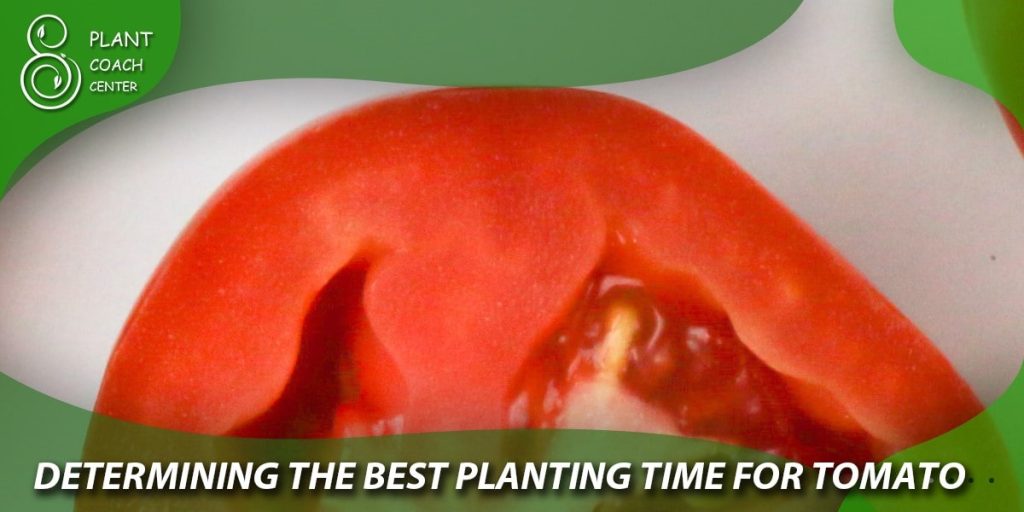
Determining the Best Planting Time for Tomato Seedlings
Planting tomato seedlings at the right time is crucial to ensure their survival and maximize their growth potential. Several factors should be considered when determining the optimal planting time for your region.
Climate and Weather Considerations
– Regional Climate: Understand the climate conditions of your region, including average temperatures, rainfall patterns, and the length of the growing season.
– Frost-Free Period: Determine the duration of the frost-free period in your area, as tomatoes are highly susceptible to frost damage.
– Microclimates: Identify microclimates within your garden, such as areas that receive more or less sunlight, as they can affect the microenvironment for your tomato plants.
Frost Dates and Last Average Frost Date
– Last Average Frost Date: Research and note the last average frost date for your specific location. This date indicates when the risk of frost is significantly reduced.
– Adjusting Planting Time: Plan to transplant seedlings after the last average frost date to minimize the risk of cold damage.
Soil Temperature Requirements for Tomato Seedlings
– Optimal Soil Temperature: Tomatoes prefer soil temperatures between 60°F and 70°F (15°C and 21°C) for successful establishment and root development.
– Using a Soil Thermometer: Monitor the soil temperature using a soil thermometer to ensure it is within the appropriate range for planting.
Evaluating Seedling Readiness for Outdoor Planting
Before transplanting tomato seedlings into the garden, it’s essential to assess their readiness based on various indicators of growth and health.
Assessing Seedling Size and Vigor
– Height and Stem Thickness: Look for seedlings that have reached a height of 6 to 10 inches (15 to 25 cm) and possess sturdy stems.
– Leaf Development: Opt for seedlings with a sufficient number of well-formed leaves, indicating their ability to photosynthesize effectively.
Determining the Optimal Leaf Count
– Leaf Count Guidelines: Consider guidelines that suggest transplanting seedlings when they have developed a certain number of true leaves, typically 4 to 6 leaves.
– Balance with Stem Size: Ensure the leaf count is in balance with the stem size and overall vigor of the seedling.
Considering Root Health and Development
– Root System Evaluation: Gently remove a seedling from its container and examine the root system. Look for a well-developed, fibrous root system without excessive circling or binding.
– Transplanting with Minimal Disturbance: Handle the root system carefully during transplanting to minimize root damage and stress.
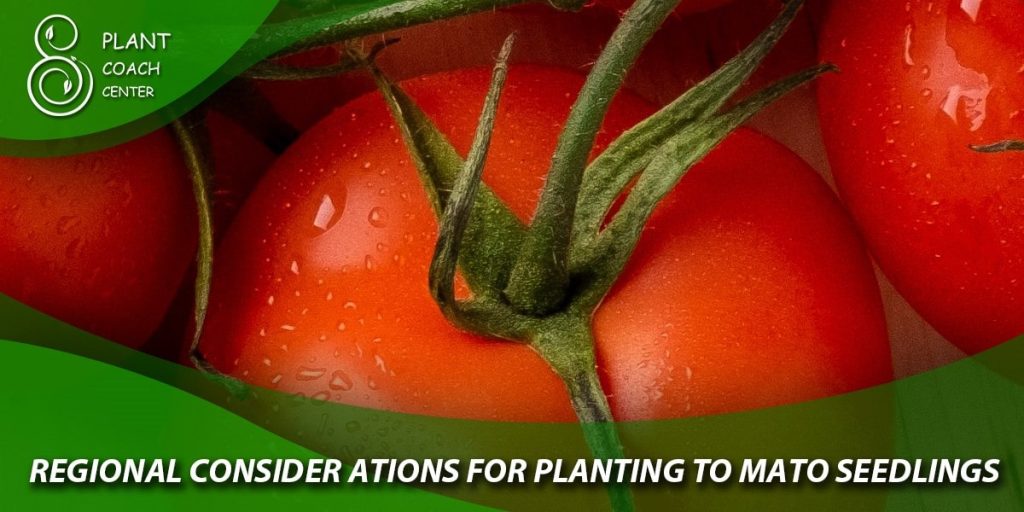
Regional Considerations for Planting Tomato Seedlings
Planting times for tomato seedlings can vary based on regional climates and planting zones. Understanding your specific planting zone and considering regional factors will help determine the most suitable time for transplanting.
Planting Zones and Recommended Planting Dates
– Plant Hardiness Zones: Determine your plant hardiness zone using the USDA Hardiness Zone Map or similar regional zone maps.
– Recommended Planting Dates: Consult local gardening resources or agricultural extension offices for recommended planting dates specific to your zone.
Adjusting Planting Time for Different Climates
– Early Planting in Warm Climates: Gardeners in warm climates may have an extended growing season, allowing for earlier planting of tomato seedlings.
– Late Planting in Cold Climates: In colder climates, it may be necessary to delay planting until the soil and weather conditions are consistently favorable.
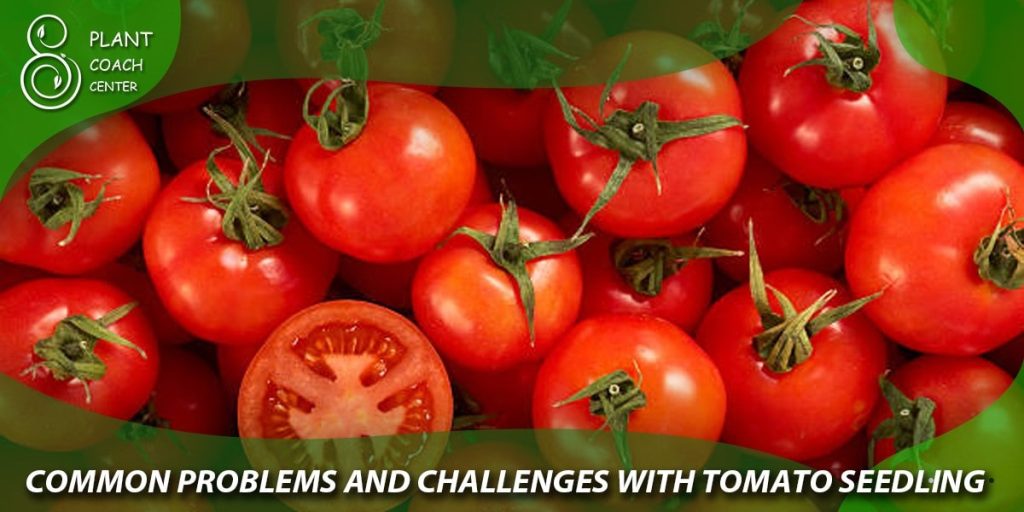
Common Problems and Challenges with Tomato Seedlings
Tomato seedlings can face various problems and challenges during their growth and establishment. Being aware of these potential issues will help you identify and address them promptly.
Frost and Cold Damage
– Frost Protection Measures: Implement protective measures like frost blankets, row covers, or temporary shelters to safeguard seedlings from unexpected cold snaps.
– Recognizing Frost Damage Symptoms: Learn to identify signs of frost damage, such as wilting, discoloration, or blackened foliage, and take appropriate remedial actions.
Pest and Disease Risks
– Common Pests: Be aware of common tomato pests like aphids, caterpillars, and tomato hornworms. Implement preventive measures such as regular inspection, companion planting, or organic pest control methods.
– Disease Prevention: Practice good sanitation, proper watering techniques, and crop rotation to minimize the risk of diseases such as blight, wilt, or fungal infections.
Environmental Stress Factors
– Extreme Temperatures: Protect seedlings from extreme heat or cold by providing shade, mulching, or using season extenders.
– Drought or Overwatering: Maintain consistent watering practices, allowing the soil to dry slightly between waterings to avoid root problems caused by drought or waterlogged conditions.
Tips and Techniques for Successful Planting
To ensure the successful establishment and growth of your tomato seedlings, follow these tips and techniques when transplanting them into the outdoor garden.
Proper Spacing and Planting Techniques
– Adequate Spacing: Provide sufficient space between tomato plants, typically 18 to 36 inches (45 to 90 cm) apart, depending on the variety and growth habit.
– Digging the Planting Hole: Dig a hole slightly deeper and wider than the root ball of the seedling, ensuring enough space for root expansion.
– Planting Depth: Bury the seedling up to the first set of true leaves, allowing for the development of additional roots along the buried stem.
Mulching and Watering Strategies
– Mulch Benefits: Apply a layer of organic mulch around the base of tomato plants to conserve moisture, regulate soil temperature, and suppress weed growth.
– Watering Techniques: Water deeply and consistently, aiming for the root zone rather than wetting the foliage. Avoid overwatering or allowing the soil to dry out completely.
Providing Support for Tomato Plants
– Stake or Cage Support: Install stakes or cages at the time of planting to provide support for the tomato plants as they grow.
– Securely Tie Plants: Use soft ties or twine to secure the main stem of the plant to the support, allowing it to grow upright without bending or breaking.
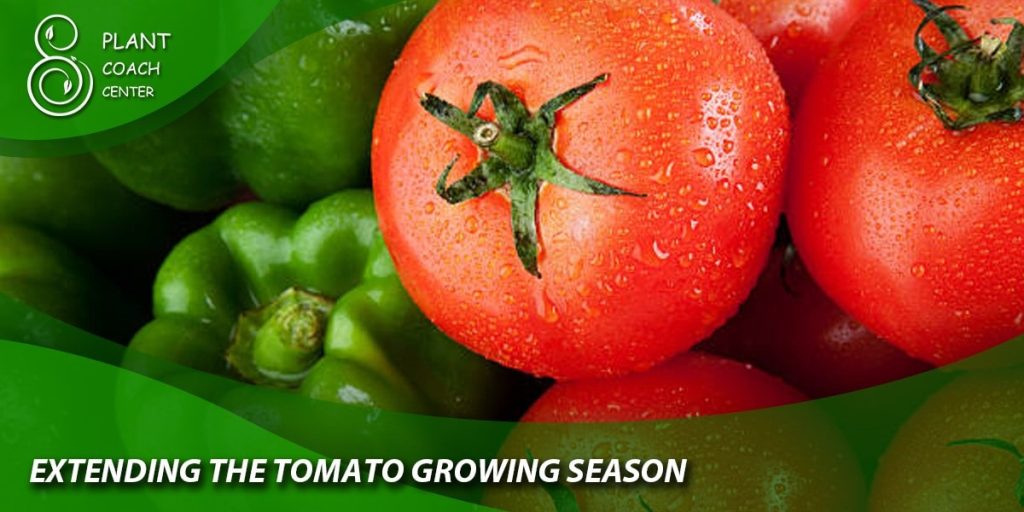
Extending the Tomato Growing Season
To maximize your tomato harvest and extend the growing season, consider implementing the following techniques.
Using Season Extenders and Protective Covers
– Cold Frames and Cloches: Use cold frames or cloches to create a protected environment for early planting or to extend the harvest in cooler seasons.
– Floating Row Covers: Employ floating row covers to provide insulation and protect plants from temperature extremes, pests, and wind damage.
Implementing Crop Rotation and Succession Planting
– Crop Rotation: Rotate tomato plants to different areas of the garden each year to minimize disease buildup and maintain soil health.
– Succession Planting: Stagger planting dates to ensure a continuous supply of ripe tomatoes throughout the growing season.
Overwintering Tomato Plants
– Greenhouse or Indoor Growing: Consider overwintering tomato plants in a greenhouse or indoors to continue harvesting fresh tomatoes during the colder months.
– Pruning and Maintenance: Trim back the plants, provide adequate light, and adjust watering and fertilization to accommodate indoor or greenhouse conditions.
Conclusion
successfully planting tomato seedlings requires careful consideration of various factors such as climate, soil temperature, and seedling readiness. By understanding your regional climate, frost dates, and soil temperature requirements, you can determine the optimal planting time for your area. Assessing seedling size, leaf count, and root health helps ensure that the seedlings are ready for outdoor planting.
Regional considerations, such as planting zones and recommended planting dates, provide valuable guidance for specific areas. Being aware of common problems faced by tomato seedlings, such as frost damage, pests, diseases, and environmental stress factors, allows you to take preventive measures and address issues promptly.
Implementing proper spacing, mulching, watering, and providing support for tomato plants promotes their healthy growth and maximizes yields. Extending the growing season through the use of season extenders, crop rotation, and succession planting allows for a continuous supply of fresh tomatoes.


